1, Introduction to program flow control
- Sequential control
- Branch control
- Cycle control
2, Sequential control
1) Connotation

2) Flow chart
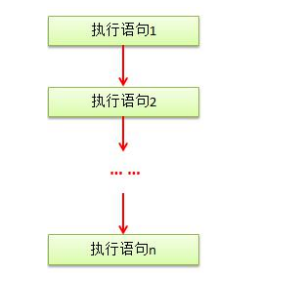
3) Note = = the definition variable adopts legal forward reference
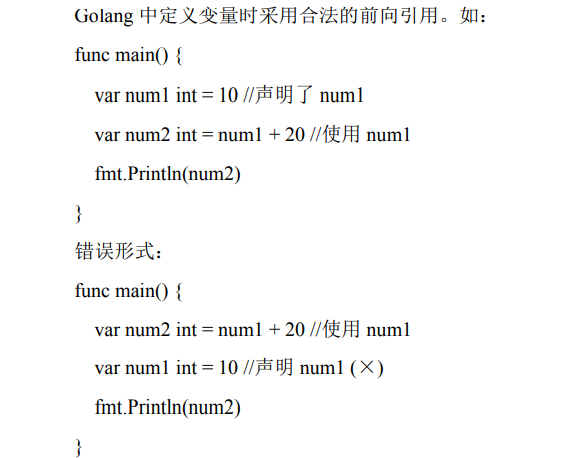
3, Branch control
1. Basic introduction of branch control
- Single branch
- Double branch
- Multi branch
2. Single branch control
1) Basic grammar

age:=12
var age int
fmt.Println("Please enter your age:")
fmt.Scanln(&age)
if age>=18 {
fmt.Println("You are responsible for your actions")
}
2) Flow chart
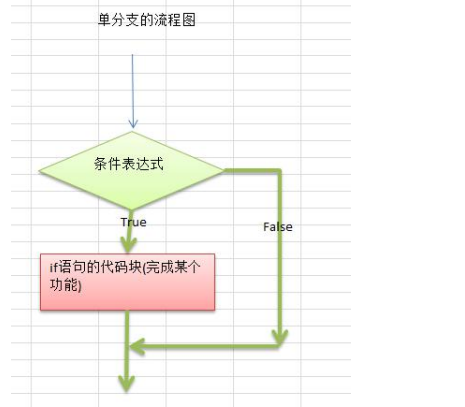
3) Details: in if, it supports defining a variable
if age:=20;age>18{//I think this is a little magical. It supports defining a variable in the if judgment condition
fmt.Println("You are older than 18 and should be responsible for your actions!")

3. Multi branch control
1) Basic grammar
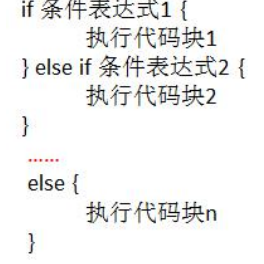
else is not required, and multiple branches have only one execution entry
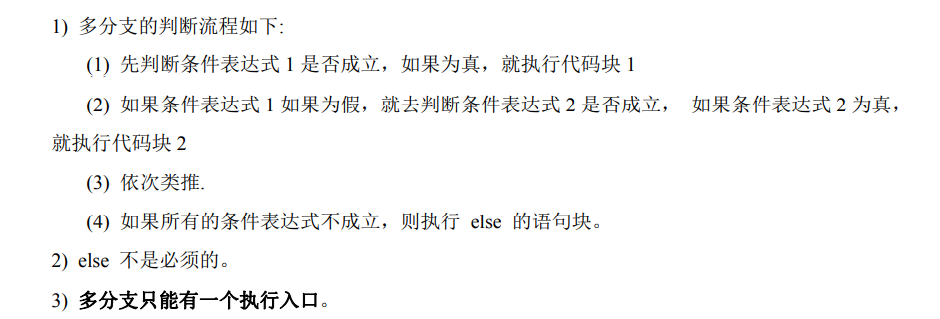 2) Flow chart
2) Flow chart
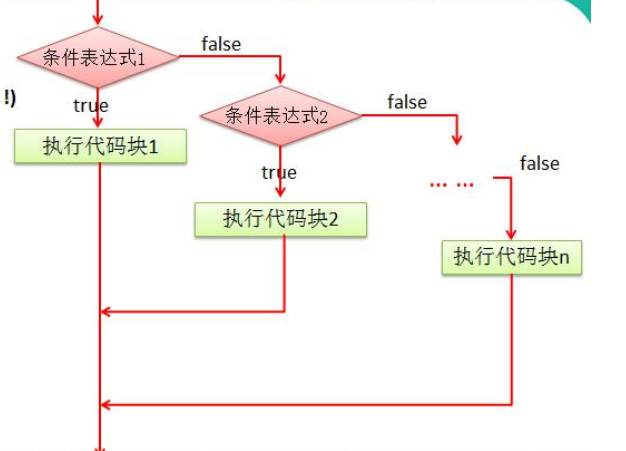 3) Some attention
3) Some attention
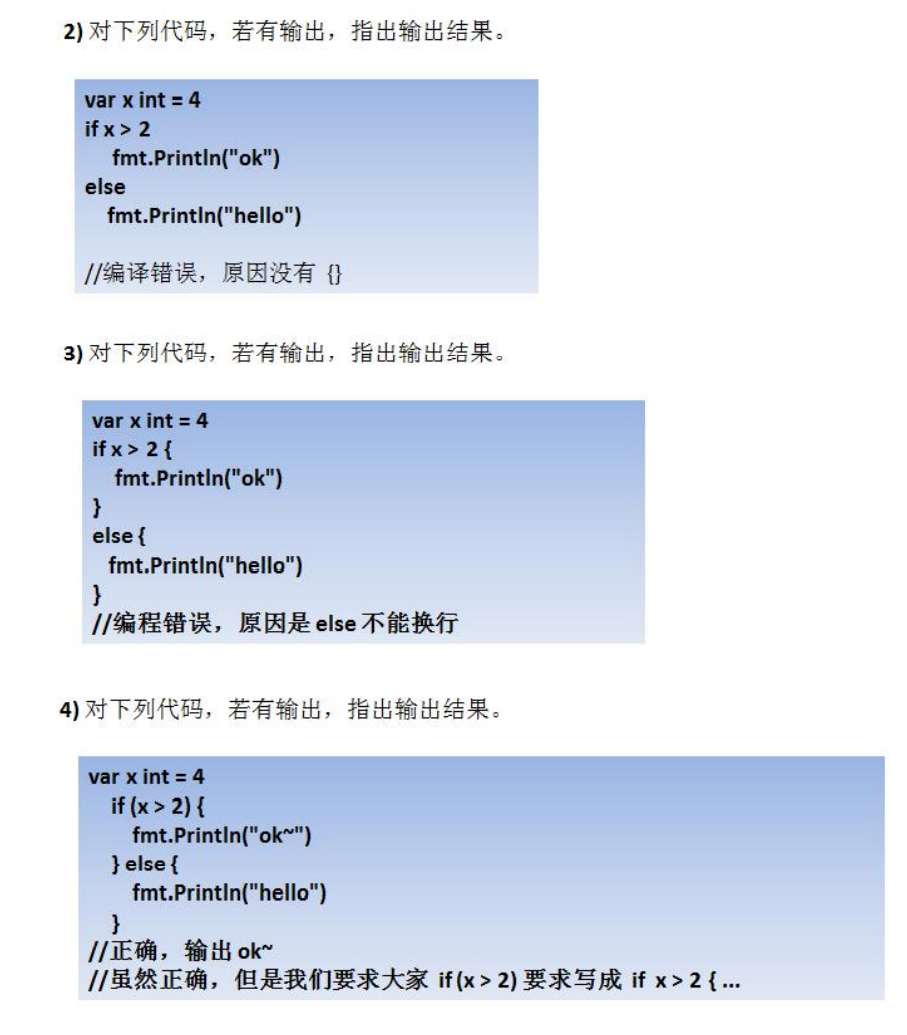 4) Case
4) Case
package main
import "fmt"
func main(){
var score int
fmt.Println("Please enter your grade:")
fmt.Scanln(&score)
if score==100{
fmt.Println("Reward one BMW")
}else if score>88&&score<=99{
fmt.Println("Reward one iphone7plus")
}else if score>=60&&score<=80{
fmt.Println("Reward one Ipad")
}else{
fmt.Println("Nothing")
}
}


package main
import "fmt"
func main(){
var height int32
var money float64
var handsome bool
fmt.Println("Please enter your height:")
fmt.Scanln(&height)
fmt.Println("Please enter Wealth:")
fmt.Scanln(&money)
fmt.Println("Please enter whether you are handsome:")
fmt.Scanln(&handsome)
if height>180 && money>1.0 &&handsome{
fmt.Println("I must marry him")
}else if height>180 || money>1.0 || handsome{
fmt.Println("Marry, not enough than the top, more than the bottom.")
}else{
fmt.Println("Don't marry....")
}
}
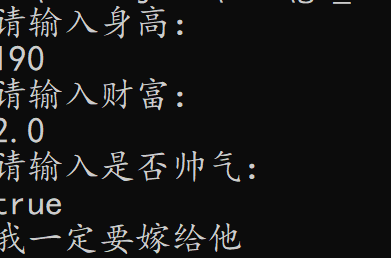
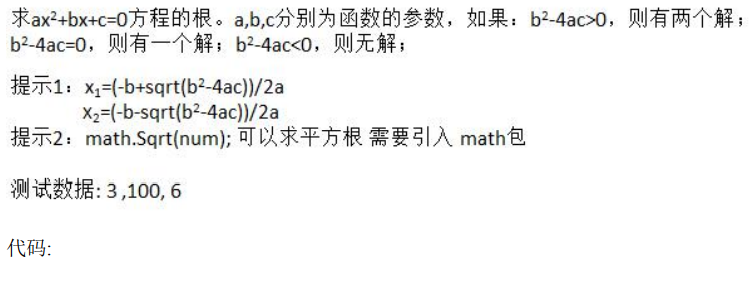
package main
import (
"fmt"
"math"
)
func main(){
a:=2.0
b:=4.0
c:=2.0
m:=b*b-4*a*c
if m>0{
x1:=(-b+math.Sqrt(m))/2*a
x2:=(-b-math.Sqrt(m))/2*a
fmt.Printf("x1=%v x2=%v",x1,x2)
}else if m==0{
x1:=(-b+math.Sqrt(m))/2*a
fmt.Printf("x1=%v",x1)
}else{
fmt.Println("unsolvable")
}
}

5) Trap
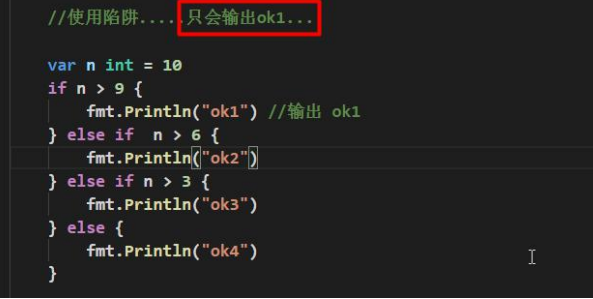
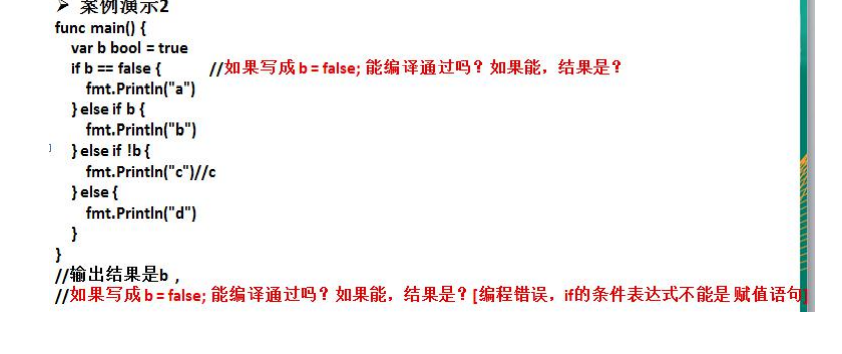
The conditional expression of if cannot be an assignment statement
4. Nested branches
1) Basic introduction

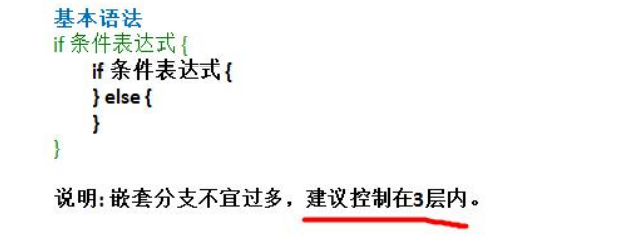 2) Case
2) Case
package main
import(
"fmt"
)
func main(){
var second float64
fmt.Println("Please enter the number of seconds")
fmt.Scanln(&second)
if second<=8{
var gender string
fmt.Println("Please enter gender")
fmt.Scanln(&gender)
if gender=="female"{
fmt.Println("Enter the women's group")
}else{
fmt.Println("Enter the men's group")
}
}else{
fmt.Println("Out")
}
}
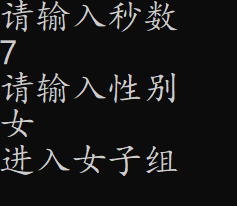
4, SWITCH branch control
1) Don't add break to the introduction

 2) Flow chart
2) Flow chart
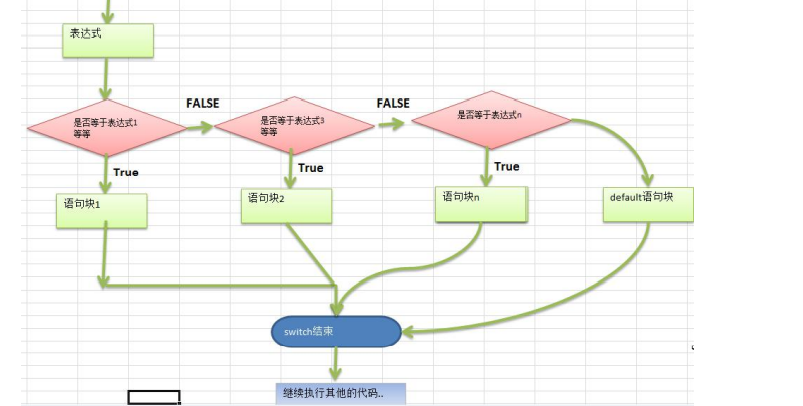
 3) Quick start cases
3) Quick start cases
func main(){
var key byte
fmt.Println("Please enter a character, a,b,c,d,e")
fmt.Scanf("%c",&key)
switch key {
case 'a':
fmt.Println("Monday")
case 'b':
fmt.Println("Tuesday")
case 'c':
fmt.Println("Wednesday")
case 'd':
fmt.Println("Thursday")
case 'e':
fmt.Println("Friday")
default:
fmt.Println("Incorrect input...")
}
}

4) Pay attention to details

- The data types of expressions after case and switch are consistent
- There can be multiple expressions after case, separated by commas

- The expression after case is a constant and cannot be repeated
- Do not need to break after case
- default is not required
- Switch is used without an expression, similar to if else
func main(){
age:=10
switch {
case age==10:
fmt.Print("excellent")
case age<10 && age>=5:
fmt.Print("excellent")
case age<5 && age>=0:
fmt.Print("come on.")
default :
fmt.Print("It's hopeless")
}
}
- A variable can be defined after switch, which is not recommended
- fallthrough penetration, the next case can be executed
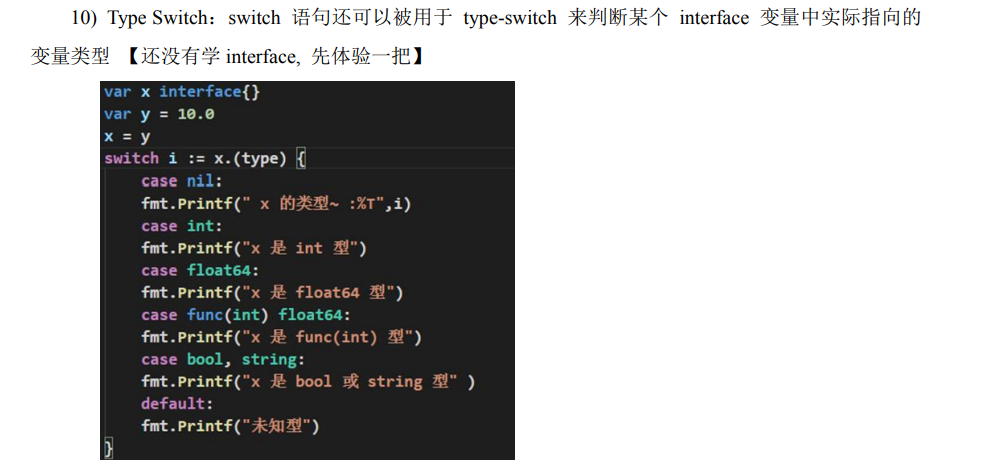
5) Practice
func main(){
var month byte
fmt.Println("Please enter the month:")
fmt.Scanln(&month)
switch month{
case 3,4,5:
fmt.Println("spring")
case 6,7,8:
fmt.Println("summer")
case 9,10,11:
fmt.Println("autumn")
case 12,1,2:
fmt.Println("winter")
default:
fmt.Println("Input error")
}
}
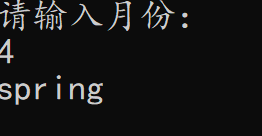
5, FOR cycle control
1) Quick start
func main(){
for i:=1;i<=10;i++{
fmt.Println("hello world")
}
}

2) Basic grammar
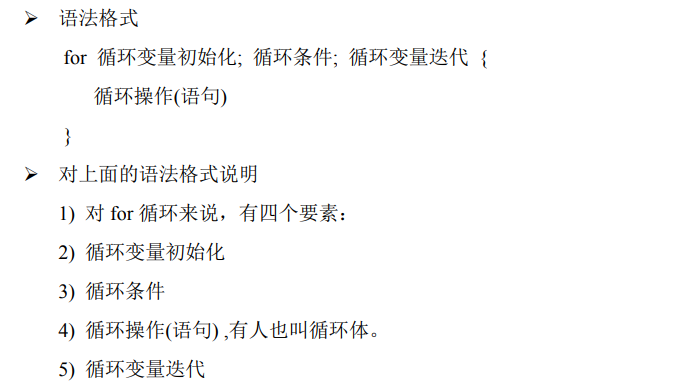 3) Flow chart
3) Flow chart
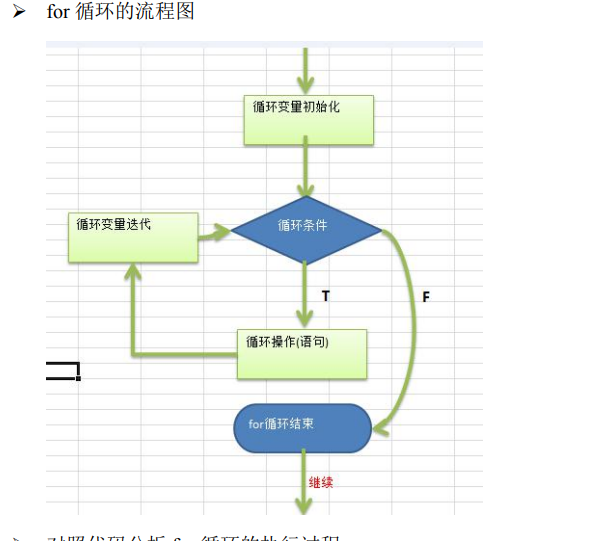 4) Attention
4) Attention
- The loop condition returns an expression with a Boolean value
- The second way to use
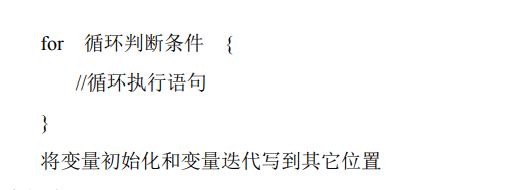
j:=1
for j<=10 {
fmt.Println("hello world!")
j++;
}
- The third way

j:=0;//Infinite loop with break
for{
if(j<10){
fmt.Println("hello world")
}else{
break
}
k++
}
- for-range
6, WHILE and DO... Implementation of WHILE
 1) Implementation of while
1) Implementation of while
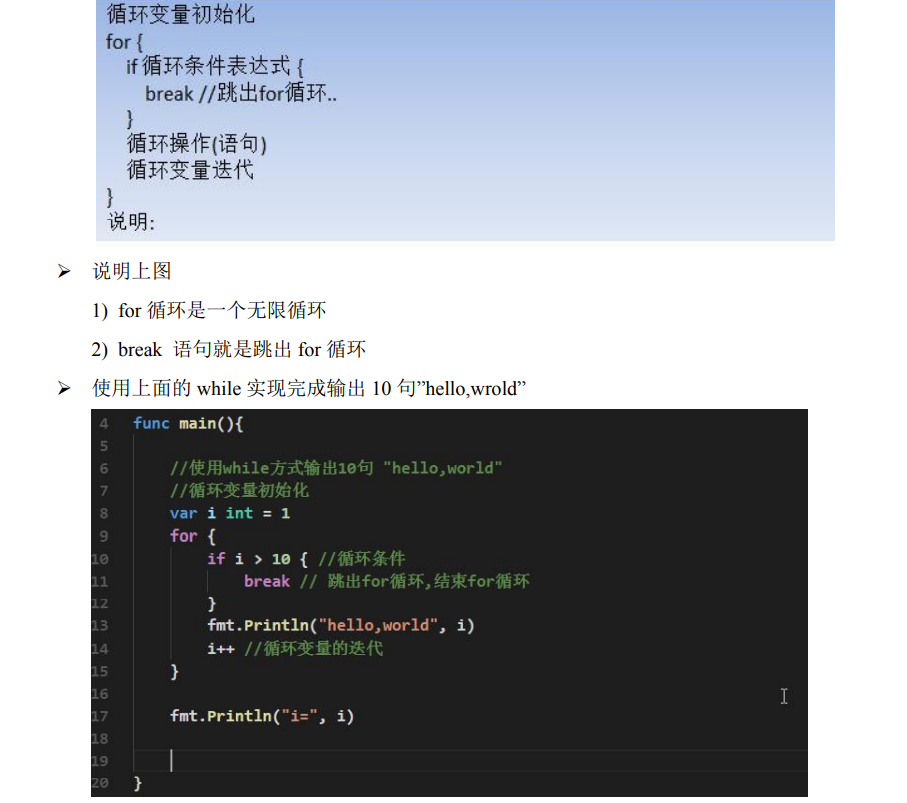
2) Implementation of dowile
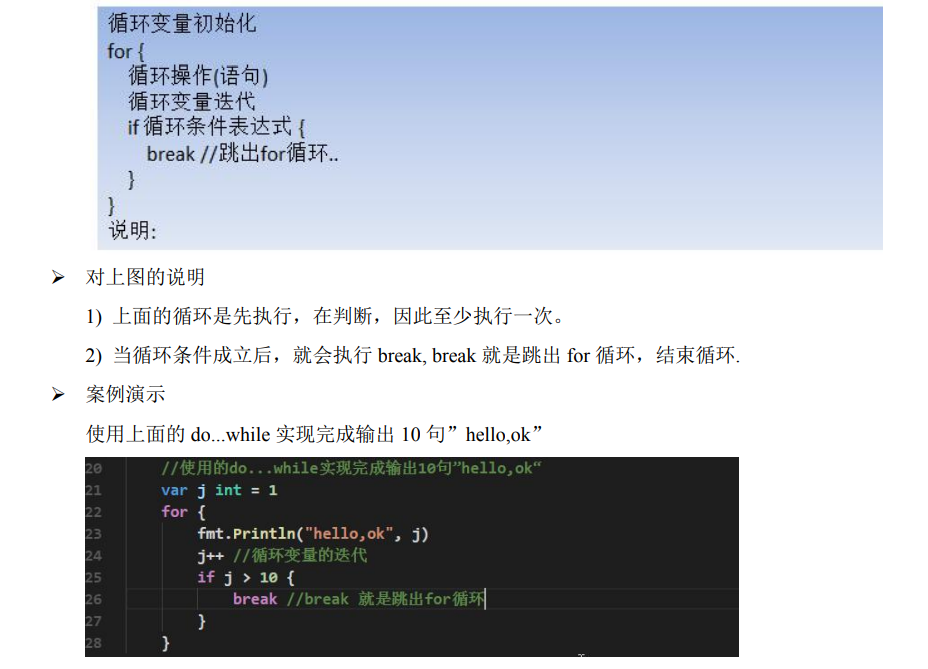
7, Multiple cycle control
1) Basic introduction
 2) Case
2) Case
totalsum:=0.0
for j:=1;j<=3;j++{
sum:=0.0
for i:=1;i<=5;i++{
var score float64
fmt.Println("Please enter student grade:")
fmt.Scanln(&score)
sum+=score
}
fmt.Println("The first%d The average score of each class is:%v",j,sum/5)
totalsum+=sum
}
fmt.Printf("Total score:%v",totalsum)
Print pyramid
for i:=1;i<=3;i++{
for k:=1;k<=3-i;k++{
fmt.Print(" ")
}
for j:=1;j<=2*i-1;j++{
fmt.Print("*")
}
fmt.Println()
}
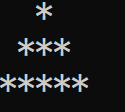
8, Jump control statement
1.BREAK
1) Introduce break
func main(){
// rand.Seed(time.Now().Unix())
// n:=rand.Int(100)+1
// fmt.Println(n)
count:=0
for{
rand.Seed(time.Now().UnixNano())
n:=rand.Intn(100)+1
fmt.Println("n=",n)
count++
if(n==99){
break
}
}
fmt.Printf("Total use%d second",count)
}
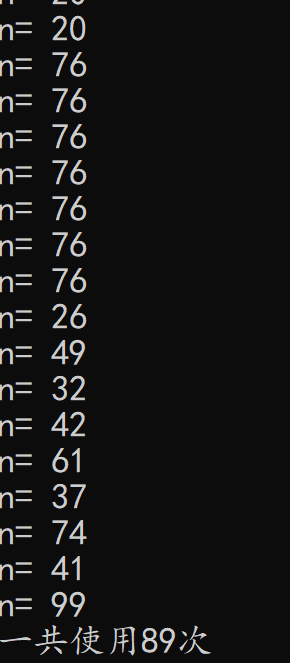
2) Basic introduction

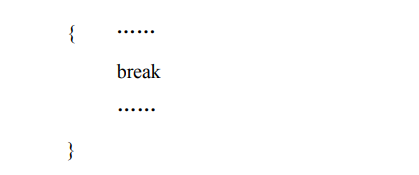 3) Schematic diagram
3) Schematic diagram
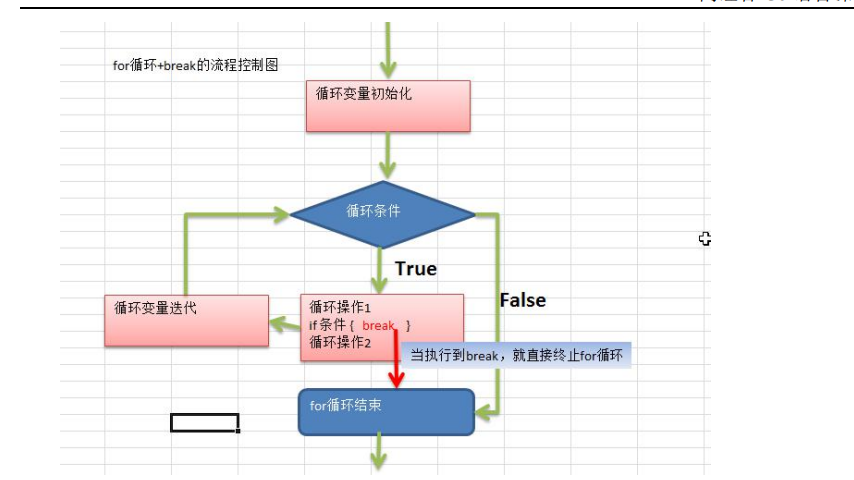 4) Note that the multi-layer loop exits that layer loop through label control
4) Note that the multi-layer loop exits that layer loop through label control
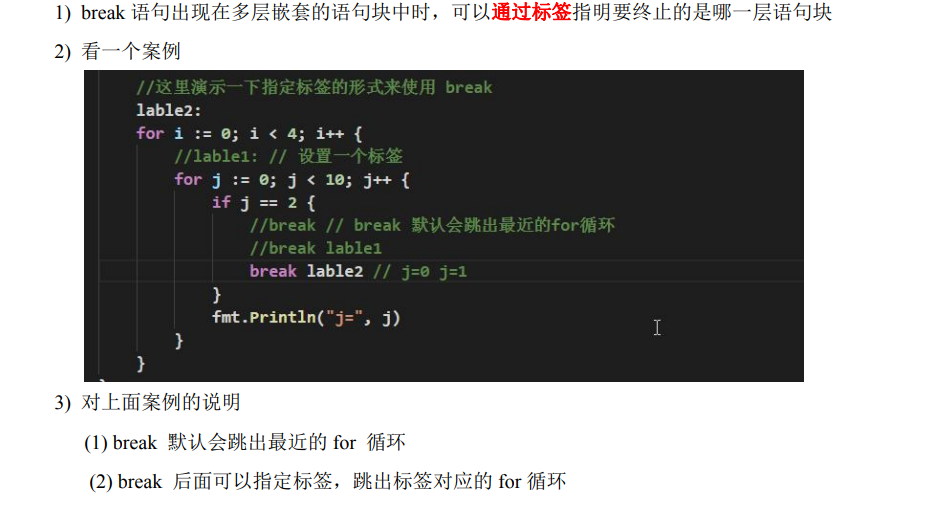
5) Practice

sum:=0
for i:=1;i<=100;i++{
sum+=i
if sum>20{
fmt.Println("Current number:",i)
break
}
}
2.CONTINUE
1) Introduction
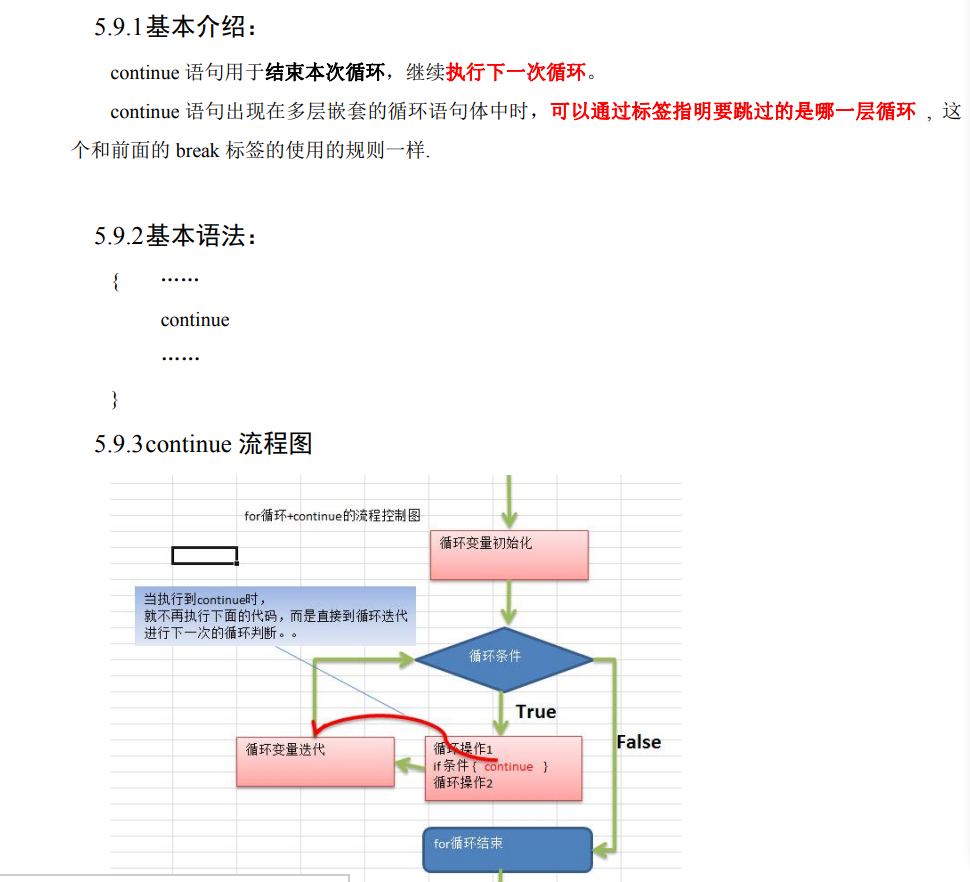 2) Practice
2) Practice

var p int
var n int
var num int
for{
fmt.Scanln(&num)
if num==0{
break
}
if num>0{
p++
continue
}
n++
}
fmt.Printf("Number of positive numbers%v,Number of negative numbers%v",p,n)
}

3.GOTO
1) Basic introduction
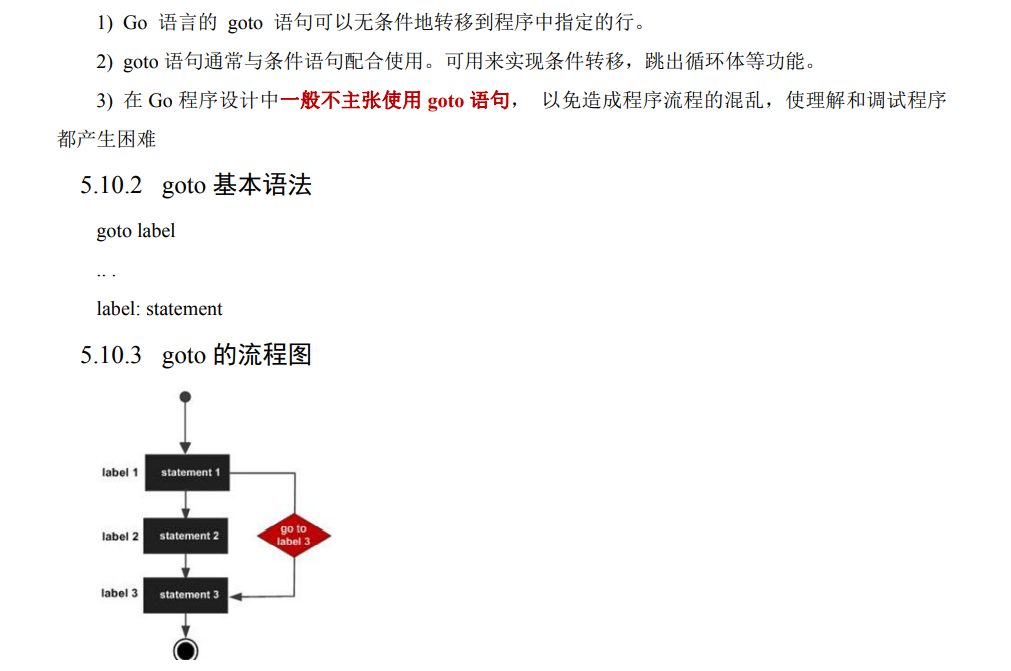 2) Quick start
2) Quick start
n:=30
if n>20{
goto label
}
fmt.Println("ok1")
fmt.Println("ok2")
fmt.Println("ok3")
label:
fmt.Println("ok6")
fmt.Println("ok7")
fmt.Println("ok8")
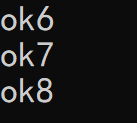
4.RETURN

func main(){
for i:=1;i<=10;i++{
if i==3{
return
}
fmt.Println("doll",i)
}
fmt.Println("hello world!")
}

ps: if you change return to break, the result becomes
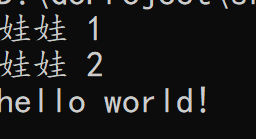
summary
Tip: This article only briefly introduces the process control of Golang program. This article is a note made through the learning of Golang video in station b.